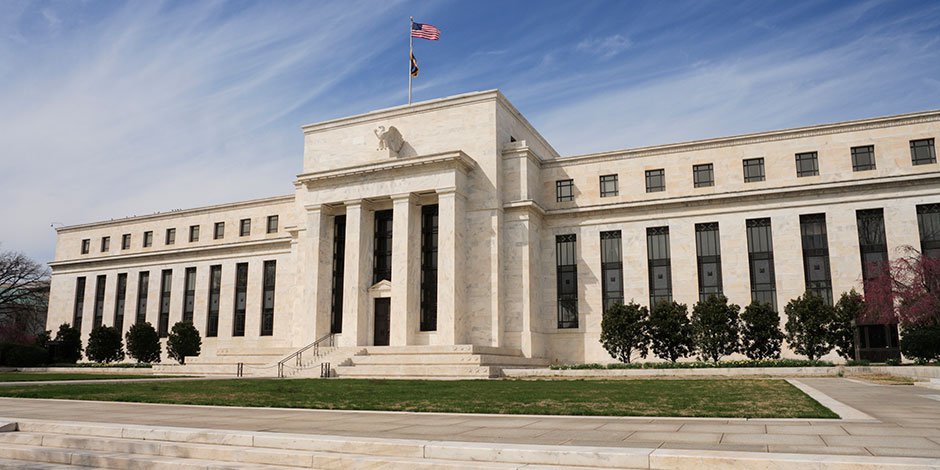“It looks like the stage is being set for a March move. Indeed, we still look for three Fed rate hikes this year (in line with the FOMC’s median projection) … However, unlike last year, we judge there are net risks of more moves (September) reflecting the inflation risks posed by an economy growing at a faster-than-potential pace owing to tax cuts while sporting a positive output gap and essentially at full employment.” (Michael Gregory, BMO econoFACTS, Jan. 31,2018)
Jan. 31, 2017 was Janet Yellen’s last FOMC meeting as Chair of the Federal Reserve, and Jay Powell took the helm on February 3rd.

As widely expected, the Fed left its benchmark interest rate unchanged in a range of 1.25%-1.50% at its Jan 30-31 FOMC meeting.
Indeed, the most important change to the Fed’s statement related to inflation, as the FOMC recognized that that inflation expectations had recently increased, and said that it expected the rate of price changes “to move up this year” and stabilize around its 2% objective “over the medium term.”
Although inflation is still not running at the Fed’s 2% target, it has stopped falling.
Additionally, the 10-year inflation breakeven rate — one of the market-based measures of inflation expectations that the Fed tracks — has risen to its highest level in over three years.
The American economy continues to be very strong and is operating at close to full capacity with little labor market slack.
Because the Trump-Republican tax cuts provide a hefty fiscal stimulus to an already strong U.S. economy, Fed officials have an even more credible concern that inflation will soon start to escalate.
Regrettably equity market volatility has returned this year, even though the Fed’s previous and planned future interest rate hikes have been widely publicized.
Nonetheless, inflation worries have upset the financial markets, and the American bond market has responded with higher yields.












Leave A Comment